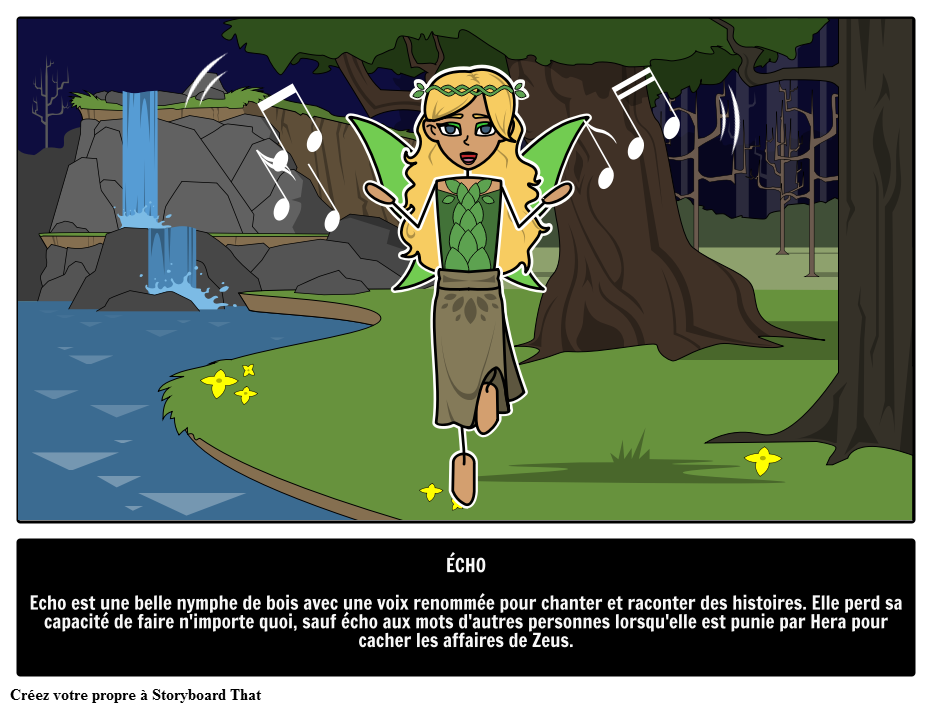

A ghost who suffered a debilitating injury will share that same pain with all those around it one that died from being burned or frozen will give off extreme heat or cold. As impressions, they can affect their surroundings depending on how they were formed. UsesĮchoes aren't typically used because they aren't seen as reliable to work with and burn out if drawn on for power. Įchos can link up with any number of phenomena, for example: Portents are stable Omen and echo fusions with other influences inside, theirs is a cyclical existence drawing power from events related to their Echo and Omen constituent parts. Poltergeists are those echoes made from powerful emotions but are not linked to death. Ghosts can be absorbed by, and form a part of, complex spirits.

These ghosts don't have strong ties to Death and don't follow the usual rules, and are sometimes encountered by Finders. "Wild echoes" are Echoes of people who were destroyed by powerful abstract forces such as Incarnations, rather than killed per se, while "False echoes" can form of people who never actually existed, drawing emotional resonance from rumor.

These ghosts are different from their roots as mere impressions and can be hostile and capable of causing physical harm. Likewise, a ghost that has taken in too many negative aspects of different individuals changes from being a ghost to a Wraith. They can also hypnotize or posses people. They are too unreliable to use or bind in the same manner one would a normal ghost, possibly exploding if handled carelessly. They often spiral out of control and appear in reality as flickers of a face or images in a mirror. Īn Echo that has become damaged or one that has a lot of power but can't follow it's pattern are called Spectres. Ghosts typically function best in enclosed spaces and those they have connections to, but they also function in places where few humans will bother them since they can't stand up to poking and prodding, like the wilderness. They can only understand things in the context of the moment they died and resolving the issue that made up the impression will erase them entirely. When the clicks bounce off of the object the dolphin is interested in (that is, when the echo occurs) the dolphin then gets a mental picture of that object.Regular Echoes are mere impressions, as such they aren't generally sentient. The dolphin forces pressurized air through its phonic lips, and the air vibrates and comes out sounding like clicking. The dolphin doesn’t have vocal cords, but instead developed its phonic lips from what was once the dolphin’s nose. Humans, like nearly all mammals, produce sounds using their vocal cords. The dolphin has a structure in its head called the phonic (or sonic) lips. The dolphin is another mammal who uses echolocation. It continues to send out sound and receive echoes until it zeroes in on the moth and has its meal. Their brains also help by processing the distance from and the size of the object as well as how fast it is moving and where to. Luckily for bats, they have very large ears and can sense even very soft sounds in certain wavelengths. A bat uses echolocation by sending out a clicking or chirping sound, which echoes off any objects that are near. One could theoretically tell how far away an object is and how fast it is moving by an echo.This is called echolocation and bats use echoes to find moths while flying around at night. The farther away the surface is, the longer it will take for the echo to come back to you. The original sound should be of short duration. Additionally, the intensity or loudness of the sound should be sufficient for the reflected sound reaching the ear to be audible. For another, the distance between the source of sound and the reflector should be at least 66 feet (so that the echo is heard distinctly after the original sound is over). One requirement is that the size of the obstacle/reflector must be large compared to the wavelength of the incident sound (for reflection of sound to take place). There are certain basic requirements a place must meet in order for it to produce an echo. If you’ve ever been inside a large canyon, you’ve probably observed the wonder of echoes firsthand-but how do they work? This phenomenon is called an echo, which has its origins in the Greek ekho, meaning “sound.” An echo happens when a sound wave reflects off a surface, such as the water at the bottom of a well, and the sound is repeated back to you.


 0 kommentar(er)
0 kommentar(er)
